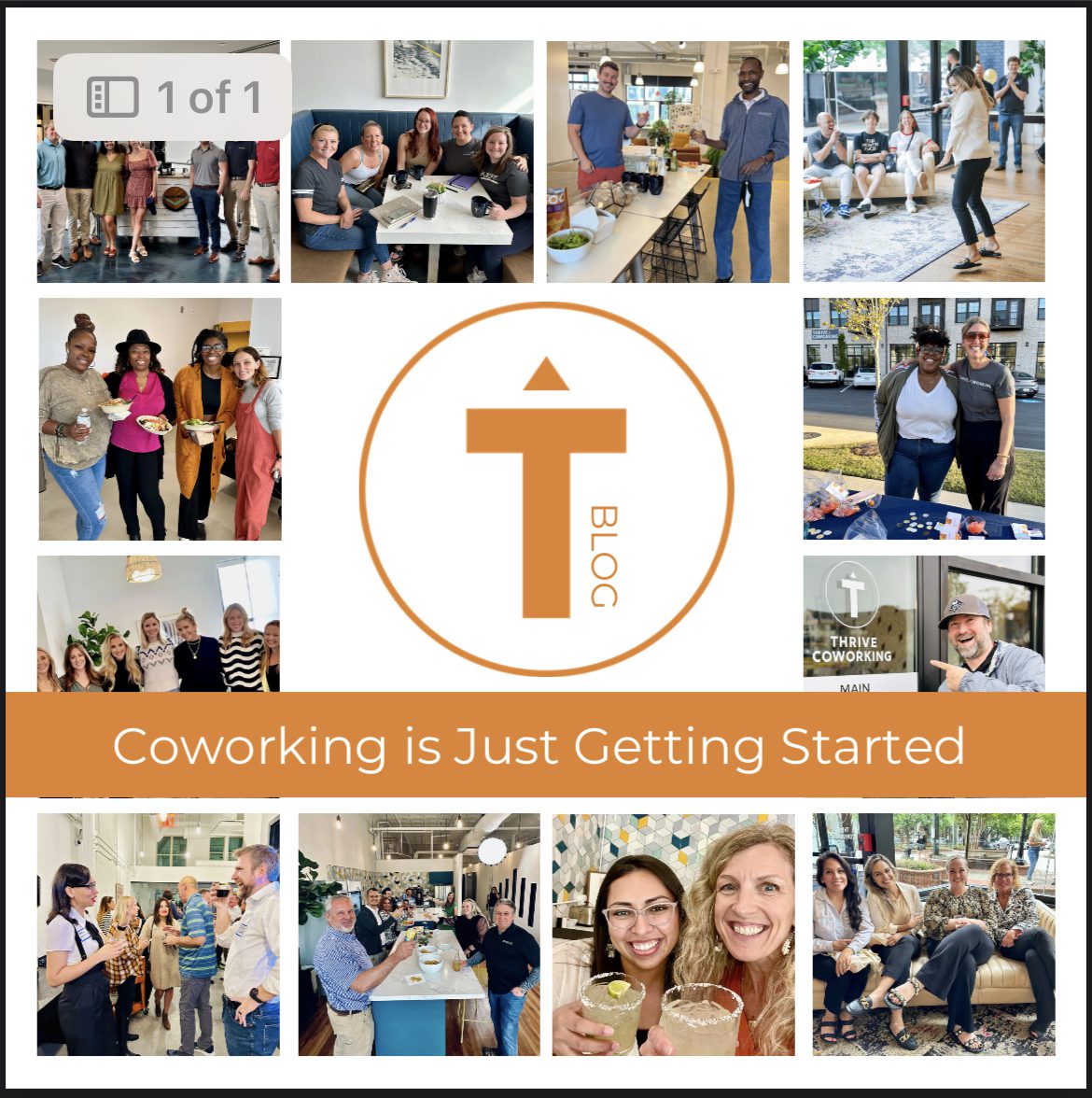One company’s story is not the story of an industry.
By Chris Smith, Chief Revenue Officer, THRIVE | Coworking
The drama of WeWork has been playing out very publicly over the past few years, from endless articles and a documentary film, to books and a streaming series. And now another chapter is being written. Chapter 11.
As CRO of THRIVE | Coworking, it gives me no pleasure to see the troubles of an industry cohort, and frankly one that helped standardized so much of what we love about hybrid workspaces — the networking, the flexibility … and yes, the ever-present snacks and drinks. And as I’ve traveled throughout the Southeast, opening THRIVE locations in new markets, I frequently hear a comment when I bring up the concept of coworking: “Oh, coworking. Like WeWork?”
Well, yes … and no.
Because WeWork is a cautionary tale of what can happen if you’re not fiscally responsible with your business, whether you’re hosting a startup or making widgets. But it can be easy to think of WeWork and the coworking industry as one and the same thing.
WeWork was undoubtedly a major player, valued five years ago at some $47 billion (in its bankruptcy filing it reported debts of more than $18 billion). But it was never the whole story.
From small businesses and freelancers looking for affordable workspace, to workers sent home from offices during Covid who found unexpected satisfaction in remote work, settling into a conveniently located, stylishly designed space with lots of amenities (and no kids) has massive appeal.
In fact, according to a Gallup poll, more than 90 percent of workers who can do their job remotely want some form of a hybrid schedule going forward. And executives have gotten the message, with another survey showing that they believe more than a quarter of their full-time employees will be either hybrid or fully remote by 2028. And that makes sense, says the Harvard Business Review, because “employees like it, the technology is improving, and — at least for hybrid work — there seems to be no loss of productivity.”
A main pillar for THRIVE also has to do with our locations. Unlike WeWork, which often focused on tier-one downtown markets (it was at one point the largest private tenant in Manhattan), we concentrate on tertiary suburban markets with vibrant, walkable neighborhoods, and develop spaces of 10- to 25,000-square-feet. We see ourselves as a community asset that enriches every neighborhood where we set up, acting as an economic driver for other local businesses.
And our members enjoy a curated culture of community, connection and philanthropy that corporate entities can find difficult to maintain, or even establish. THRIVE’s community manager in Alpharetta, GA, was named Community Manager of the Year by the Global Workspace Association in 2022, highlighting our commitment to maintaining a welcoming environment — and that person is now our regional community manager, training all our CMs.
Our spaces are designed to create meaningful interactions for those who may be isolated in home offices, as well as for employees of larger organizations who have established remote-work hubs. Our growth numbers tell the story: We are exceeding our expectations (we’ll soon open our most westerly location in Bozeman, MT).
And unlike WeWork, THRIVE hasn’t had the benefit of billions of dollars of investment from SoftBank, but from day one we have been efficient and fiscally responsible, preselling our private-office inventory and driving cash flow for our new units. (But hey, SoftBank, if you’re reading this, hit me up in the DMs.)
Providing space for mentoring, learning and leadership … or to just be left alone to do your thing. Your choice, 24/7/365. That’s what coworking at THRIVE is all about, and that’s what people love about it. And it’s why we see this model continuing to grow in popularity. Despite a pandemic, despite Elon Musk’s RTO threats, and despite any headline-grabbing flameouts: It works.




